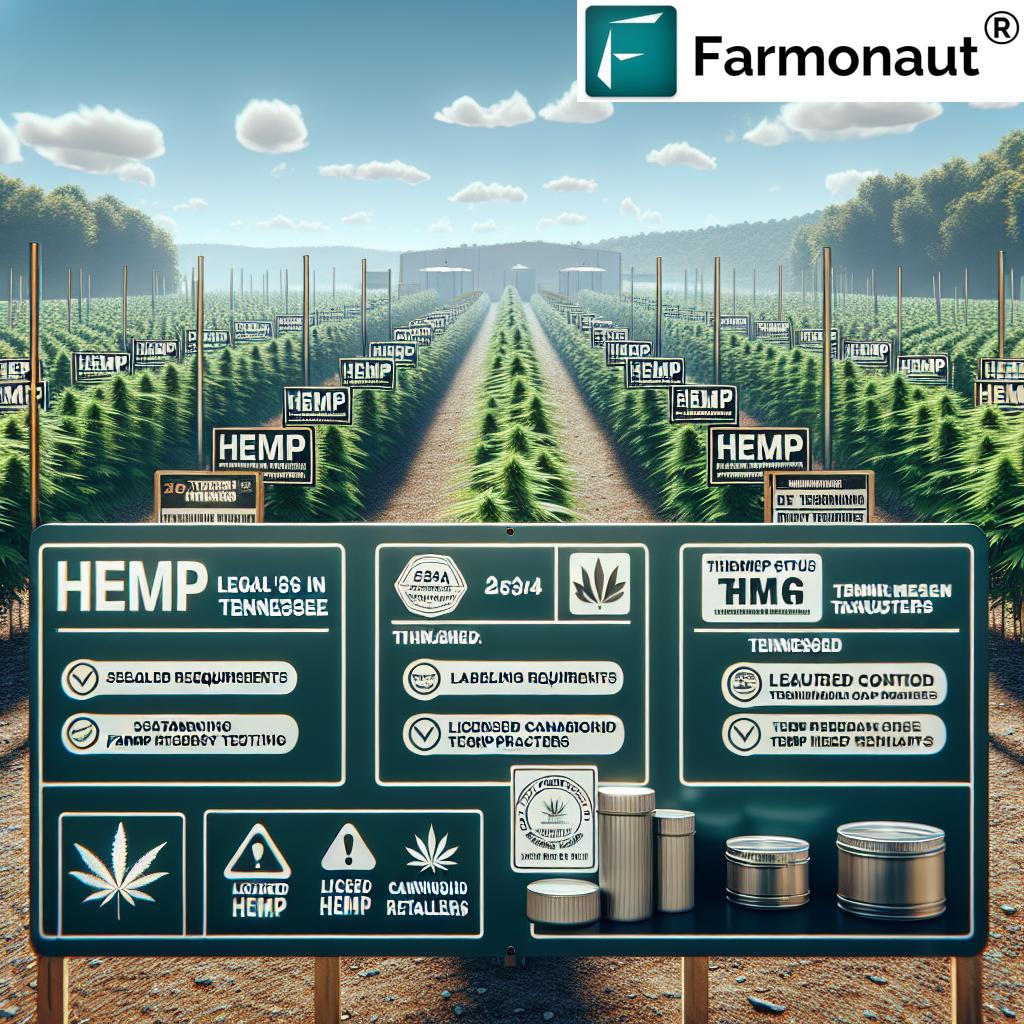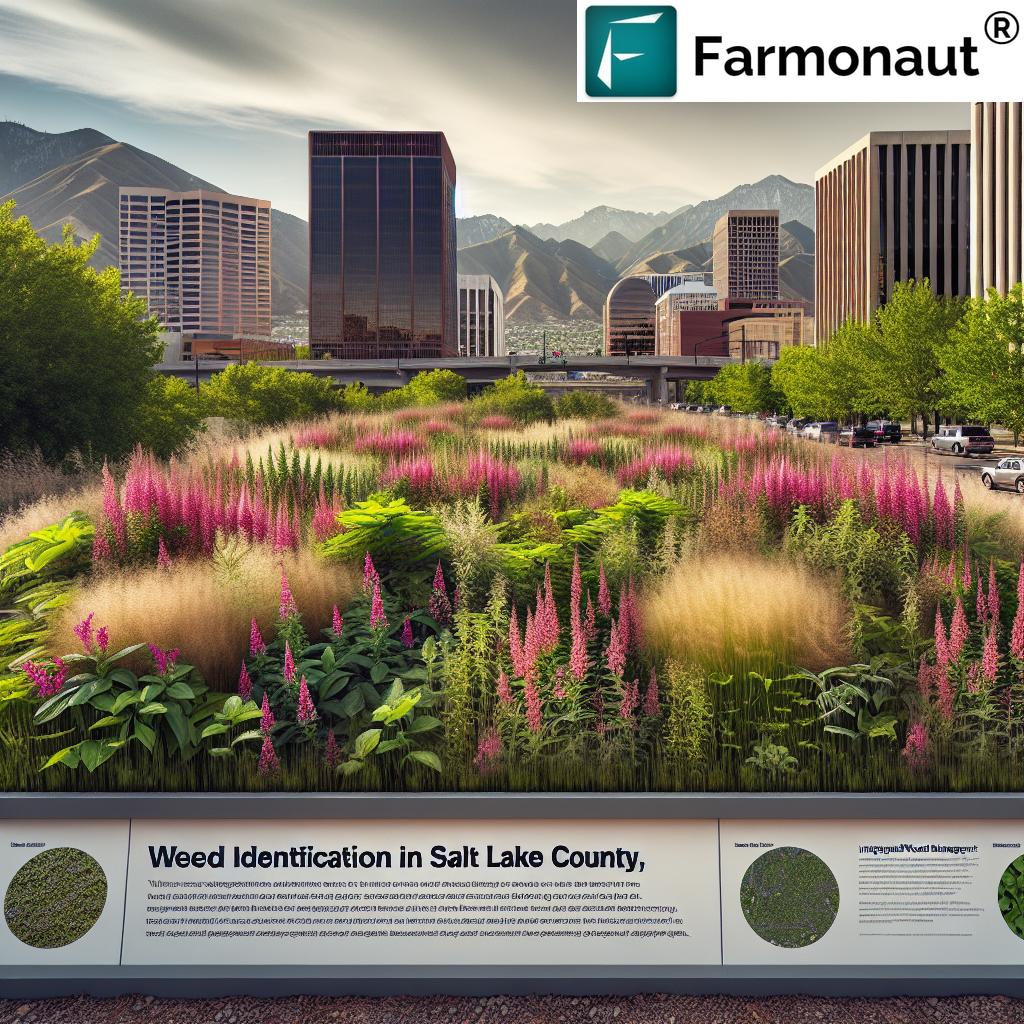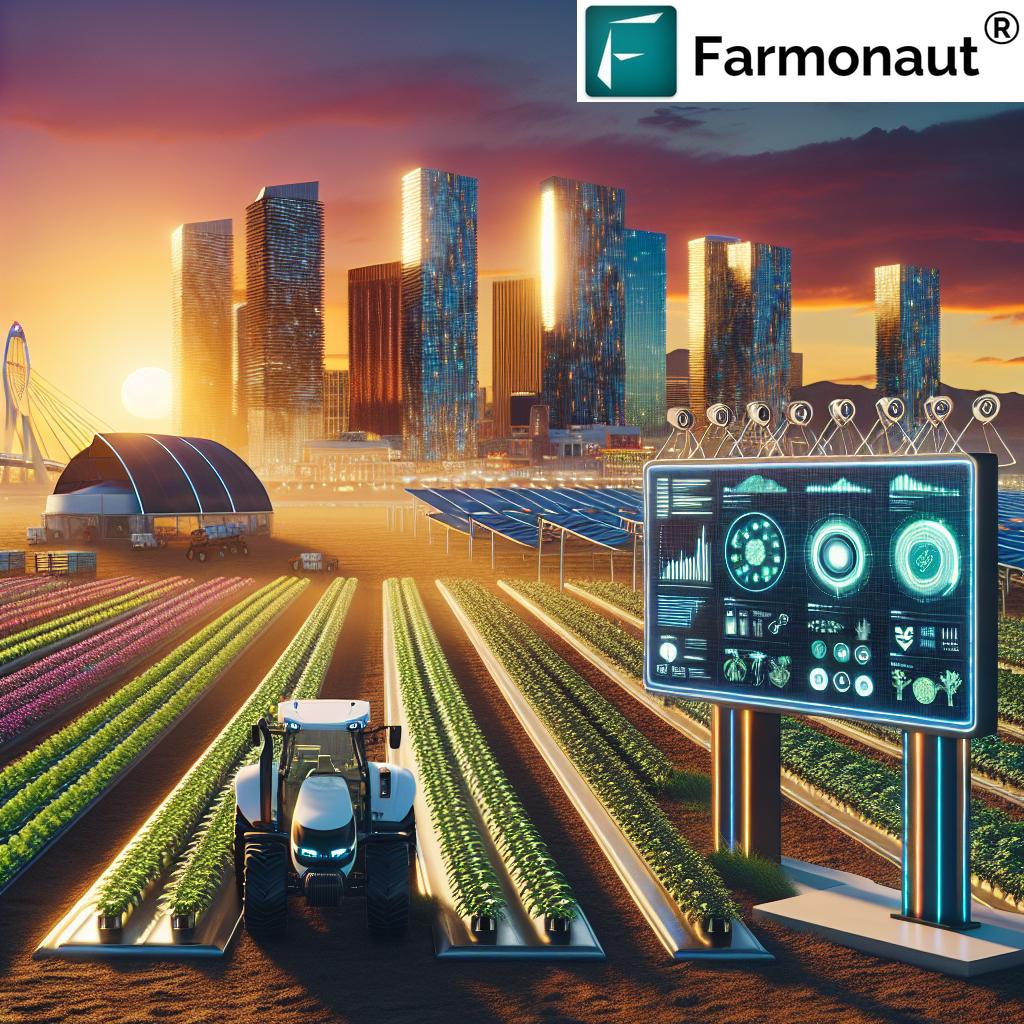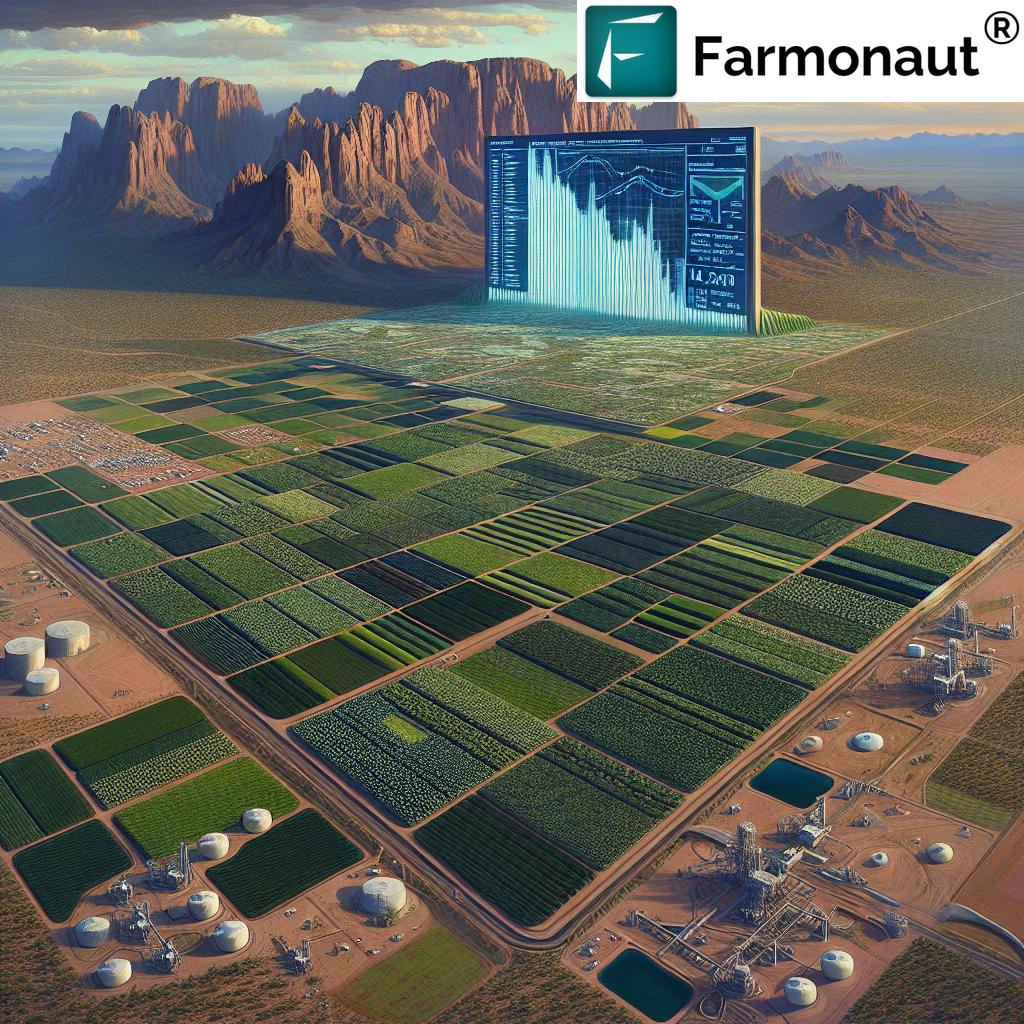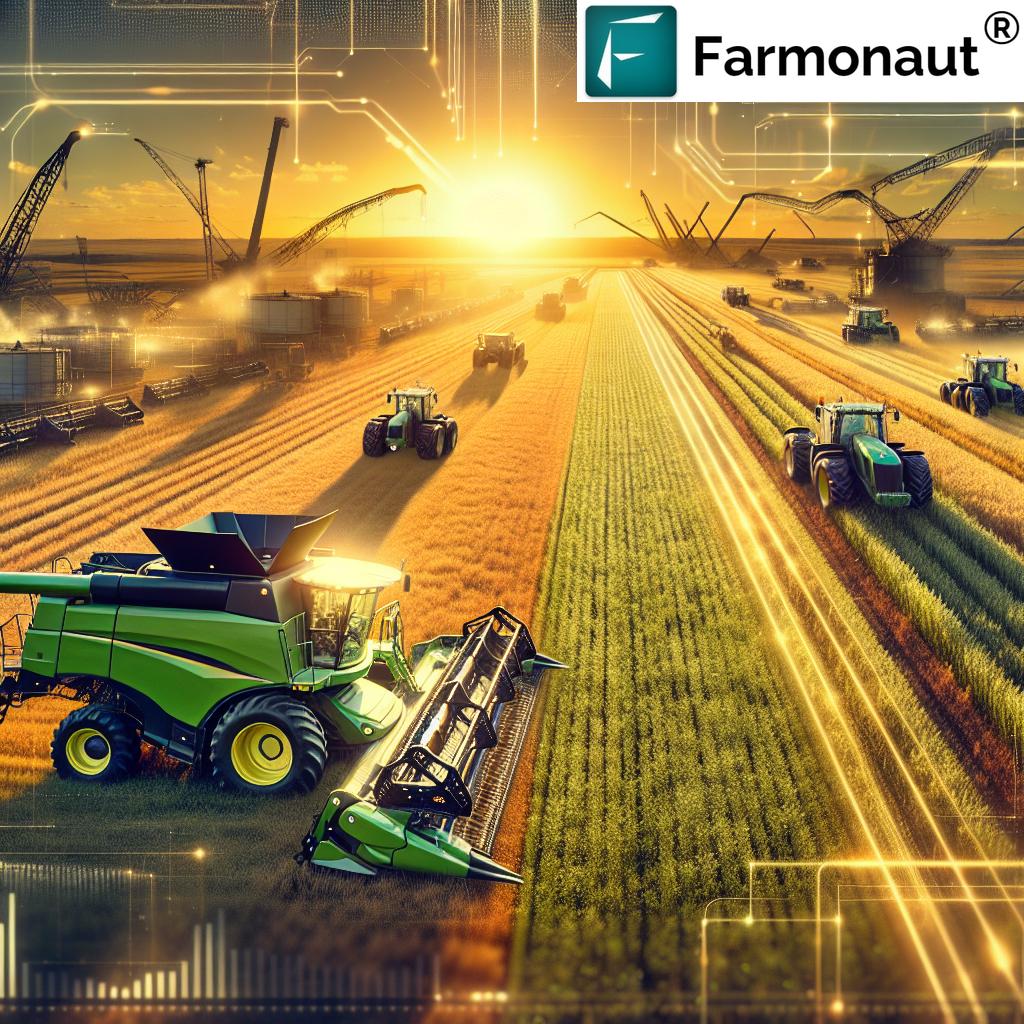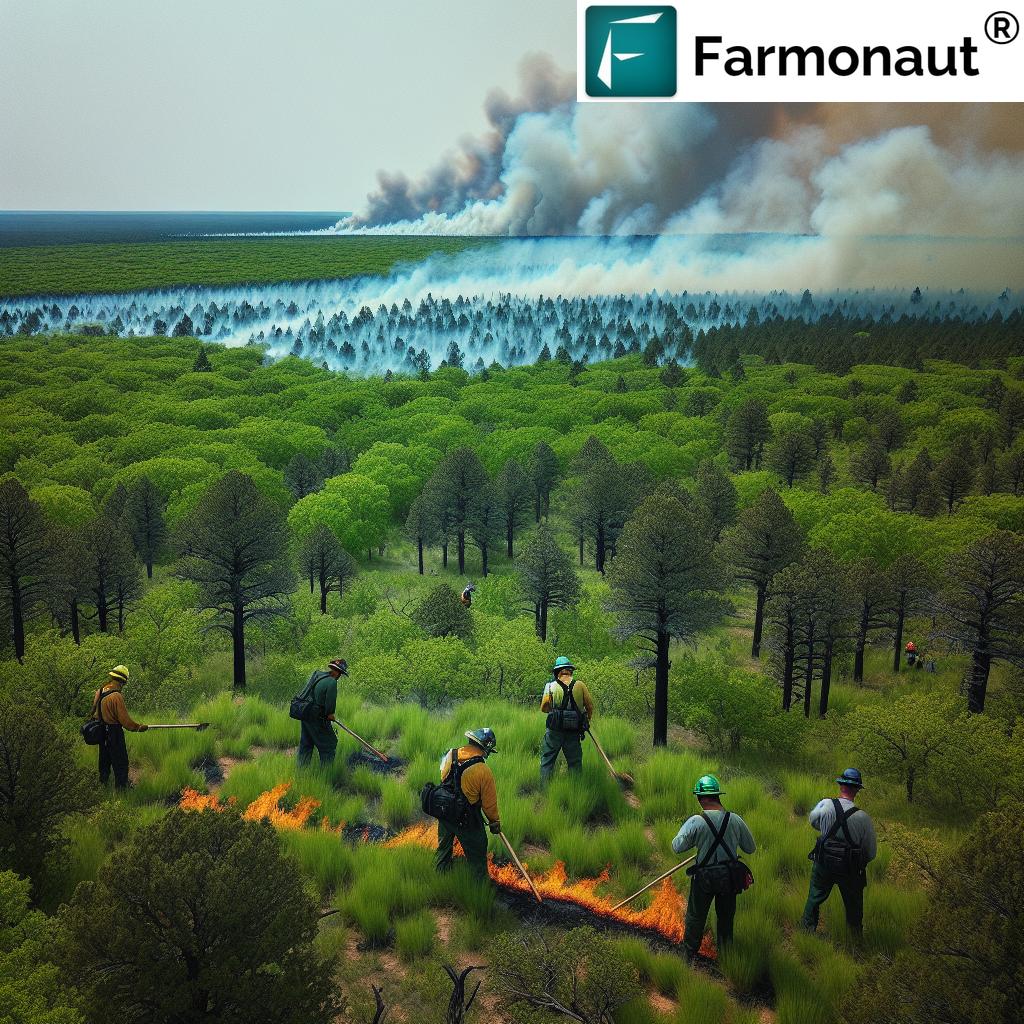Farming the Great Plains 2025: Top Innovations & Challenges
“By 2025, precision irrigation technologies are reducing water usage on Great Plains farms by up to 35%.”
Introduction: The Vital Role of the Great Plains in North American Agriculture
Farming the Great Plains in 2025 remains a foundation of North America’s food security and agricultural productivity. Stretching in a vast expanse from Canada, through the central United States, and into northern Mexico, this fertile region covers some of the world’s most productive agricultural lands. Known for its flatlands and diverse climate, the Great Plains is responsible for producing staple crops such as wheat, corn, soybeans, and sorghum. However, farming on the Great Plains in 2025 faces an interconnected mix of climate, water, and soil challenges.
Why does the Great Plains farming matter in 2025? The area continues as a critical component of the global food supply, yet is uniquely shaped by emerging demands for sustainability, technological innovation, and ever-changing market dynamics. This blog explores how advanced practices, data, and innovation are being adopted to navigate unprecedented challenges and shape a future-oriented approach to farming in the heart of North America.
Farming on the Great Plains: Defining Characteristics and Regional Overview
The Great Plains farming region is one of the most vital agricultural areas globally, known for its fertile soils and abundant crop production. Farming in the Great Plains relies on both dryland and irrigated agriculture, each with its own distinct challenges and opportunities.
- Geographic Span: Stretches from Canada through the central United States into northern Mexico.
- Key Crops: Wheat, corn, soybeans, and sorghum—forming the region’s staple production and underpinning food supply at both national and global scales.
- Climate: Characterized by semi-arid to temperate conditions, making water management a persistent concern for farming operations.
- Soils: While initially fertile, these soils are often fragile and prone to erosion and degradation without sustainable agricultural practices.
- Cultural Role: Home to generations of farmers whose traditions combine with modern innovation to sustain global agriculture.
Despite several inherent advantages, Great Plains farmers in 2025 face a unique combination of longstanding and emerging challenges—from climate change, market volatility, resource scarcity, to rapid technological advancements.
Discover how satellite-based crop health monitoring is revolutionizing Great Plains farming in 2025
Climate Change Impacts on Great Plains Farming in 2025
Climate change is arguably the defining challenge for farming in the Great Plains as we enter 2025.
Key Impacts:
- Unpredictable Weather Patterns: Increased variability in precipitation and temperature events lead to prolonged drought and at times, intense flooding.
- Prolonged Drought Conditions: These threaten traditional crop yields, especially wheat and sorghum grown in more arid stretches of the region.
- Extreme Events: Late spring frosts, heatwaves, and unseasonal rainfall disrupt planting and harvesting schedules, impacting productivity and income.
- Rising Temperatures: Increased evapotranspiration places extra stress on water resources—aquifers and surface reservoirs.
With the area continuing as a critical food producer, adaptation to climate realities is not optional, but essential for ensuring the resilience of Great Plains farming.
Explore regenerative agriculture, soil health, and climate-smart solutions that are transforming farming in 2025
Water Scarcity and Sustainable Management in Great Plains Agriculture
Water management remains a top concern for farmers across the Great Plains. Much of the region is semi-arid, and by 2025, persistent drought, groundwater depletion, and increased competition for water resources are driving urgent innovation.
Major Water Challenges:
- Ogallala Aquifer Depletion: This aquifer, an enormous underground reservoir spanning several states, has seen significant drops in water levels due to over-extraction for irrigation. In some areas, wells have run dry or pumping costs soared.
- Surface Water Uncertainty: Streams and rivers experience more frequent low-flow periods, restricting water available for irrigated agriculture.
- Efficiency Imperative: Farmers are increasingly pushed to adopt new irrigation techniques to stretch every drop.
How soil and water management intertwine for agricultural success in the Great Plains
Technological Innovations in Water Management
- Precision Irrigation: New center pivots with advanced sprinkler nozzles and moisture sensors optimize watering schedules to match crop needs.
- Remote Sensing & AI: Satellite-driven platforms provide field-scale moisture mapping, helping farmers decide precisely when and where to irrigate.
- Government Programs: Increased focus on incentives and conservation programs for sustainable water use, especially in high-depletion zones.
Monitor and reduce your farm’s environmental and carbon footprint using Farmonaut’s advanced tools—with data that informs smarter, more sustainable water and resource use.
Soil Health, Degradation, and Technological Innovations
Soil health is the backbone of agricultural production in the plains. However, over-cultivation, monocropping, and decades of tillage have left certain soils fragile—prone to erosion, depletion, and declining fertility.
Major Soil Challenges in 2025:
- Wind and Water Erosion: Loss of topsoil during drought and high winds jeopardizes long-term productivity.
- Organic Matter Decline: Intense tillage depletes soil carbon and structure, reducing water retention and supporting fewer microbes.
- Nutrient Leaching and Runoff: Over-application of fertilizers, particularly with heavy rainfall or irrigation, leads to runoff, water contamination, and input waste.
Innovation for Soil Health and Productivity
- No-Till & Reduced-Till Practices: Minimizes disturbance, improving structure and organic matter.
- Cover Cropping: Planting cover species between cash crops enhances biodiversity, adds organic material, reduces erosion, and fixes nutrients.
- AI-Powered Soil Monitoring: Satellite and in-field sensors provide real-time data to adjust crop rotations, optimize fertilizer input, and maintain high productivity on fragile soils.
- Soil Testing: Modern analytics provide granular insights on soil composition, helping farmers make informed, data-driven decisions about amendments and crop rotation.
How smart farming and precision technology boost harvests and soil sustainability
Precision Agriculture & Technological Advancements Reshaping Farming the Great Plains
By 2025, technological innovation has transformed the Great Plains farming landscape more dramatically than at any point in history. AI, satellite monitoring, data analytics, and next-generation hardware allow farmers to target inputs and maximize yields, all while reducing environmental impact.
Major 2025 Advances in Precision Technology
- Satellite-Based Field Monitoring: Multispectral imagery and NDVI analytics reveal crop vigor, soil moisture, early pest/disease hotspots, and irrigation needs field-wide and in real time.
- Drones & Aerial Mapping: Unmanned systems provide site-specific insights for targeted fertilizer/pesticide applications, reducing waste, cutting costs, and supporting compliance with new environmental programs.
- Autonomous & Connected Machinery: Driverless tractors, robotic planters, and harvesters allow producers to manage more acres with fewer workers—critical during labor shortages.
- Smart Sensors & IoT: Networks track weather, soil moisture, nutrient levels, and crop growth across the farm, providing decision-support at unprecedented granularity.
- AI-Driven Advisory Platforms: AI platforms predict disease risk, optimize planting/harvest timing, and recommend cost-saving practices using weather patterns and historical data.
See how to monitor crops via satellite and AI for greater resilience and productivity on the Plains
Large-Scale Farm Management App — Track, analyze, and manage vast farm operations efficiently. Harness real-time satellite data and AI to optimize productivity, resource use, and sustainability on even the largest operations.
How Farmonaut Empowers Great Plains Farmers Through Satellite and AI
In the rapidly changing agricultural landscape of the Great Plains, Farmonaut stands out as a provider of affordable, advanced satellite-based agricultural solutions. By leveraging multispectral satellite imagery, AI-powered analyses, and blockchain for traceability, our mission is to make high-value, real-time insights accessible to all types of farm operations.
- Satellite Field Health Monitoring: Our systems deliver real-time information on vegetation health, soil moisture, crop stress, and more. This data supports smarter irrigation, nutrient application, and rapid response to issues—directly increasing productivity and reducing environmental impact.
- Jeevn AI Advisory System: Provides customized, AI-driven decision support for everything from weather predictions to tailored crop advisory, leveraging historical trends and current conditions to help farmers plan and adapt with efficiency.
- Blockchain Traceability: Enables secure, transparent recordkeeping through the entire agricultural supply chain from seed to sale—establishing trust and reducing risk via agricultural product traceability tools.
- Environmental Monitoring & Carbon Footprint: Delivers actionable data for sustainably managing land, optimizing carbon practices, and complying with environmental programs.
- Fleet and Resource Optimization: Enable smart logistics, equipment utilization, and safety for businesses managing multiple farm assets, supported by Farmonaut Fleet Management tools.
Accessibility: All services are available via our Android, iOS, web App and API integrations, ensuring users—from smallholders to large enterprises—always have affordable access to critical agricultural data.
Explore our API developer docs to integrate robust satellite weather insights into your own agtech tools.
Jeevn AI – Smart farming decision-making for the next generation of Great Plains agriculture
“Over 60% of Great Plains farmers in 2025 use AI-driven weather prediction tools to plan crop cycles.”
Market Dynamics, Economic Pressures & New Crops on the Plains
Economic and market dynamics weigh heavily on Great Plains farmers in 2025.
Key Economic Pressures:
- Global Commodities Volatility: Global events—climate disasters, trade shifts, geopolitical issues—create sudden swings in wheat, corn, and soybean prices.
- Input Costs: Fertilizer, energy, labor, and equipment prices continue seeing upward pressure, slicing into already tight margins.
- Supply Chain Complexity: Demands for traceability, quality assurance, and sustainability certifications drive investment in data systems and traceability platforms.
- Crop Insurance and Financing: More banks and insurers lean on crop health satellite-based verification to reduce fraud, price policies accurately, and speed up claims—providing a badly needed lifeline during extreme events.
Diversification & New Revenue Streams
- Alternative Crops: Sorghum, industrial hemp, and biofuel crops are being adopted, drawn by drought-resilience and premium market opportunities.
- Agroforestry & Carbon Markets: Planting trees alongside traditional crops reduces erosion, improves wildlife habitat, and opens new income streams via carbon offset programs—backed by carbon footprint monitoring and reporting.
How AI is transforming corn production from Kansas to central Alabama and across North America
Labor Shortages and Automation: Adapting with Smart Technologies
The labor shortage is accelerating automation and influencing nearly every aspect of farming on the Great Plains in 2025.
- Demographic Shifts: Younger generations increasingly choose urban professions, leaving fewer workers to manage ever-larger fields.
- Automation Boom: Driverless tractors, self-guided planters, and autonomous harvesters are no longer science fiction. They are necessary, cost-effective tools for day-to-day operations.
- Consistency and Scale: Automation allows consistent, around-the-clock operations, reducing dependency on seasonal labor and minimizing risks from human error.
- Upskilling and New Roles: Human workers are needed in different roles—technology management, data analysis, and advanced repair—supporting the shift to a tech-savvy agricultural workforce.
Game-changing AgriTech: See how AI drones are saving farms millions in 2025
Environmental Stewardship: Conservation and Sustainability Programs
Sustainable farming practices and environmental stewardship are not just ideals in the Great Plains—they are a necessity for long-term productivity and regulatory compliance.
- No-Till and Conservation Tillage: Help farmers retain moisture, rebuild soil health, and reduce erosion—a key issue in the windy, dry plains.
- Cover Crops & Buffer Strips: Support biodiversity, clean water, and carbon sequestration. Buffer strips, especially alongside streams and wetlands, dramatically lower runoff and chemical drift.
Crop, plantation, and forest advisory tools can help optimize these transitions for every field. - Government Incentive Programs: Provide direct payments or cost-share support for conservation technology adoption, riparian buffer establishment, pollinator habitat, and carbon market entry.
Farmonaut’s environmental impact monitoring empowers Producers and businesses to quantify carbon and biodiversity benefits, supporting certification for climate-smart programs and product traceability for sustainability-focused buyers.
Comparative Table: Innovations Addressing 2025’s Key Challenges in Great Plains Farming
| Challenge | Estimated Impact | Innovation/Technology | Estimated Improvement | Brief Description |
|---|---|---|---|---|
| Climate Variability / Prolonged Droughts | Up to 40% yield loss in severe events | AI-driven weather prediction & drought-tolerant seeds | 15–30% yield increase, improved resilience | Combining advanced forecast models with climate-smart crop varieties |
| Groundwater Depletion (Ogallala Aquifer) | 3–5 feet/year water table drop, irrigation limits | Precision irrigation (sensors, advanced pivots) | Up to 35% water saved, slower depletion | Sensors and remote scheduling precisely match water to crop stage |
| Soil Erosion & Degradation | 10–20% land at risk, declining soil fertility | No-till farming, cover cropping, AI soil monitoring | Up to 40% less topsoil loss, better soil organic matter | Reduce disturbance, increase residue, get real-time soil data to adapt practices |
| Market Instability & Supply Chain Complexity | Erratic revenue, increased fraud/traceability demands | Blockchain traceability, satellite-based verification | Higher trust, reduced insurance fraud, quicker claims | Ensures transparent records from seed to market, mitigating risks |
| Labor Shortages | Fewer workers/field, delayed planting/harvest | Autonomous machinery, smart fleet management | Up to 20% lower labor costs, faster task completion | Automates mechanical tasks, manages logistics efficiently |
| Environmental Regulations & Sustainability | Potential fines, lost premiums, market access | Environmental impact monitoring, carbon footprinting | Compliance, access to new markets, higher premiums | Quantify/mitigate emissions and demonstrate sustainable stewardship |
The Future of Great Plains Farming: Resilience, Data, and Sustainability
Farming the Great Plains in 2025 is a convergence of tradition and innovation. Climatic and resource challenges remain persistent, yet the adoption of data, precision, and sustainability practices ensures the region’s ongoing global leadership in agriculture. By leveraging advanced technology—including satellite imagery, real-time monitoring, AI-driven advisory, and blockchain traceability—we create opportunities for farms and agribusinesses to not only maintain productivity but to enhance stewardship, foster resilience, and support sustainable food production for generations to come.
As 2025 continues to unfold, success across the plains will belong to those operators—large or small—who invest in innovation, stay adaptable, and harness the full potential of technology-driven agriculture.
FAQ: Farming the Great Plains in 2025 & Beyond
1. What makes farming on the Great Plains unique in 2025?
The Great Plains region is distinguished by its vast, flat lands and mix of fertile and fragile soils. In 2025, the interplay of climate variability, water scarcity, soil health challenges, and fast-paced technological advancements shapes its leading role in both North American and global agriculture.
2. How are farmers addressing water scarcity and groundwater depletion?
Innovations like precision irrigation (sensors, center pivots, advanced sprinkler nozzles) and real-time soil moisture monitoring are helping growers save water. Government-led water conservation programs and satellite-powered decision-support platforms also play a significant role.
3. What technologies are most influential on Great Plains farms in 2025?
Satellite-based monitoring, AI advisory systems, remote sensors, autonomous machinery, blockchain traceability, and advanced fleet management solutions are among the most transformational for productivity, sustainability, and traceability.
4. How can new technologies help improve soil health?
By delivering granular, field-level data (via satellite and sensors), AI-powered platforms can tailor input recommendations, target erosion-prone zones, recommend cover crops, and support sustainable crop rotations—improving organic matter and reducing topsoil loss.
5. What role does Farmonaut play for farmers in the Great Plains?
Farmonaut’s solutions offer real-time crop monitoring, AI-based advisory, traceability, environmental impact tracking, and resource management tools—helping all scales of farming operations make smarter, more profitable, and sustainable decisions.
6. Where can I get started with Farmonaut’s technology for my farm?
Access Farmonaut’s services easily via our Android, iOS, and web apps—or integrate directly with your ag-tech stack using our robust API and developer documentation.
Farmonaut Subscription Plans
Ready to bring advanced satellite, AI, and traceability solutions to your farming operations? Choose the Farmonaut plan that fits your scale and needs:
Conclusion
Farming the Great Plains in 2025 is a testament to human adaptability, technological progress, and the enduring necessity of stewardship. Advances in data, satellite observation, AI-powered decision-making, and sustainable practices are not just keeping pace with challenges—they are forging a more prosperous, resilient, and responsible future for agriculture from Canada through the central United States to northern Mexico. As climate, water, and soil dynamics evolve, data-driven innovation remains key to the continued success and sustainability of farming on the Great Plains—a vital component of global food security.






